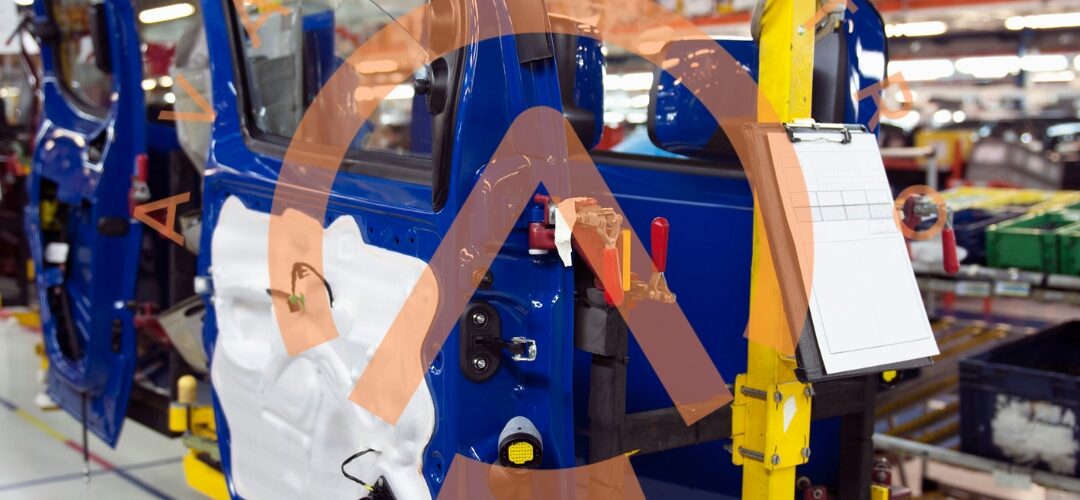5 Applications of GPPS in the Automotive Industry
In today’s rapidly evolving automotive industry, manufacturers are constantly seeking innovative solutions to enhance performance, reduce costs, and improve sustainability. One such solution that has gained significant traction is the use of General-Purpose Polystyrene (GPPS). GPPS, a versatile thermoplastic, has found its way into various applications within the automotive sector. In this article, we will explore five key applications of GPPS in the automotive industry, shedding light on how this material is revolutionizing the way vehicles are designed and built.
- Interior Components
H1: Dashboard Components
GPPS is widely employed in the manufacturing of dashboard components such as instrument clusters, air vents, and infotainment system bezels. Its exceptional dimensional stability and ease of molding make it a preferred choice for these intricate parts. Moreover, GPPS can be easily customized to match the desired texture and finish, enhancing the aesthetics of the vehicle’s interior.
H2: Door Panels
Door panels are another area where GPPS shines. Its lightweight nature contributes to overall fuel efficiency, while its durability ensures that these panels can withstand the rigors of daily use. Additionally, GPPS provides excellent acoustic insulation, reducing noise levels within the vehicle cabin.
- Lighting Systems
H1: Headlamp Housings
GPPS is an excellent material for headlamp housings due to its optical clarity and resistance to UV radiation. This ensures that the headlights maintain their performance and appearance over time. Furthermore, GPPS allows for intricate designs, enabling manufacturers to create innovative lighting systems.
H2: Taillight Lenses
Taillight lenses made from GPPS offer exceptional durability and impact resistance. They are also highly customizable in terms of color and light diffusion properties. This allows for the creation of distinctive lighting signatures for different vehicle models.
- Exterior Trim
H1: Grilles and Bumpers
The automotive industry has increasingly turned to GPPS for the production of grilles and bumpers. These components require a balance of aesthetics, impact resistance, and cost-efficiency, making GPPS an ideal choice. Manufacturers can achieve intricate designs without compromising on durability.
- HVAC Systems
H1: Ventilation Ducts
GPPS plays a vital role in HVAC (Heating, Ventilation, and Air Conditioning) systems by being used in the production of ventilation ducts. Its thermal insulation properties ensure efficient climate control within the vehicle, enhancing passenger comfort.
- Electrical Components
H1: Battery Housings
With the rise of electric vehicles (EVs), GPPS has found application in the manufacturing of battery housings. Its electrical insulation properties and flame resistance make it a safe choice for protecting the vehicle’s power source.
In conclusion, General-Purpose Polystyrene (GPPS) has become an integral part of the automotive industry, contributing to the production of interior components, lighting systems, exterior trim, HVAC systems, and electrical components. Its versatility, durability, and cost-effectiveness have made it a preferred choice for manufacturers looking to stay at the forefront of automotive innovation.
FAQs
Q1: Is GPPS environmentally friendly?
GPPS can be recycled and is considered more environmentally friendly than some other plastics. However, it’s essential to manage plastic waste responsibly.
Q2: Are there any drawbacks to using GPPS in automotive applications?
While GPPS offers many advantages, it may not be suitable for parts that require extreme heat resistance or high structural strength.
Q3: Can GPPS components be painted or coated?
Yes, GPPS components can be painted or coated to achieve specific aesthetics or functional requirements.
Q4: How does GPPS contribute to fuel efficiency in vehicles?
GPPS is lightweight, which can help reduce the overall weight of a vehicle, contributing to improved fuel efficiency.
Q5: Are there any ongoing research efforts to improve GPPS for automotive use?
Yes, research is ongoing to enhance the properties of GPPS further, making it an even more attractive choice for the automotive industry.

